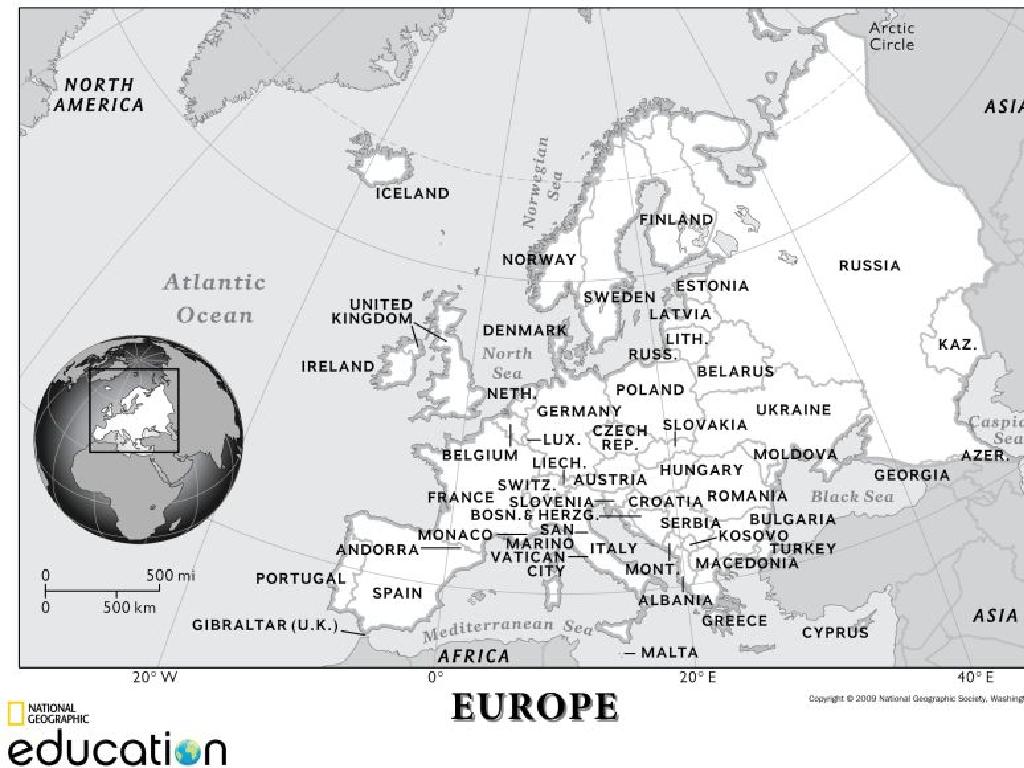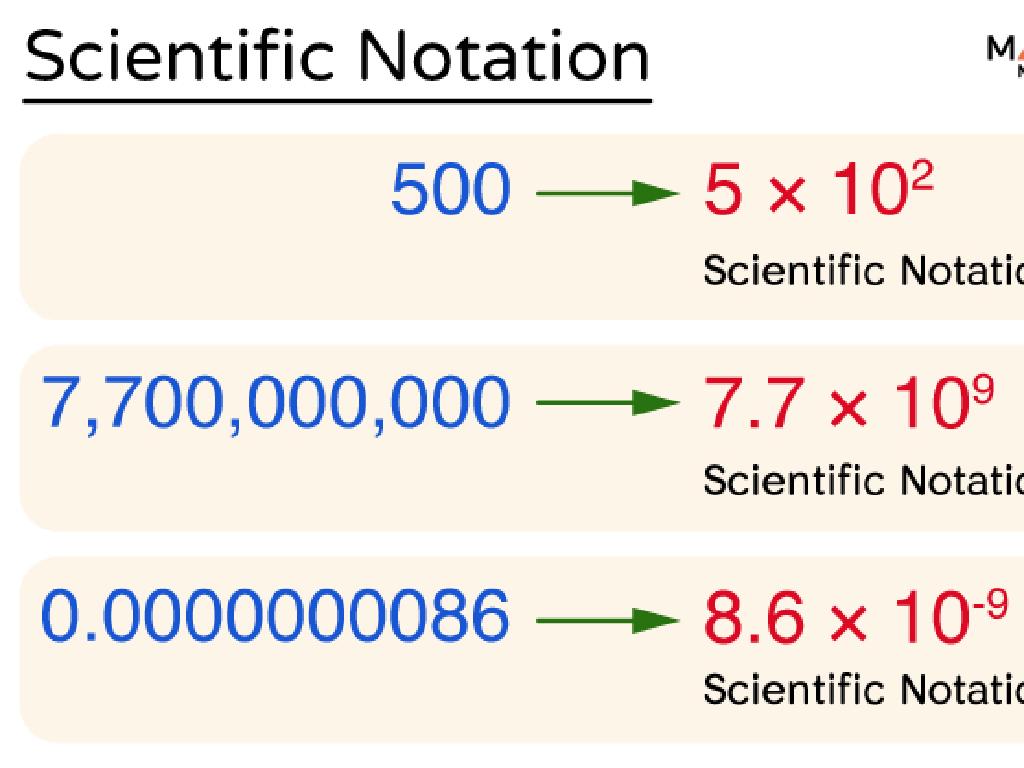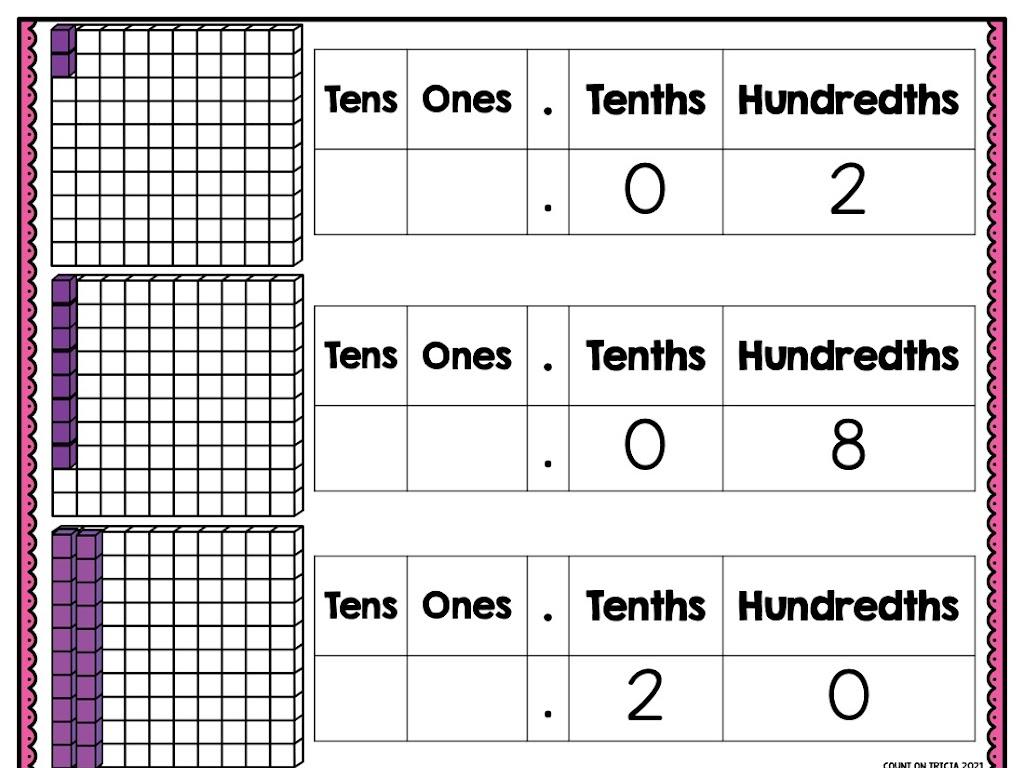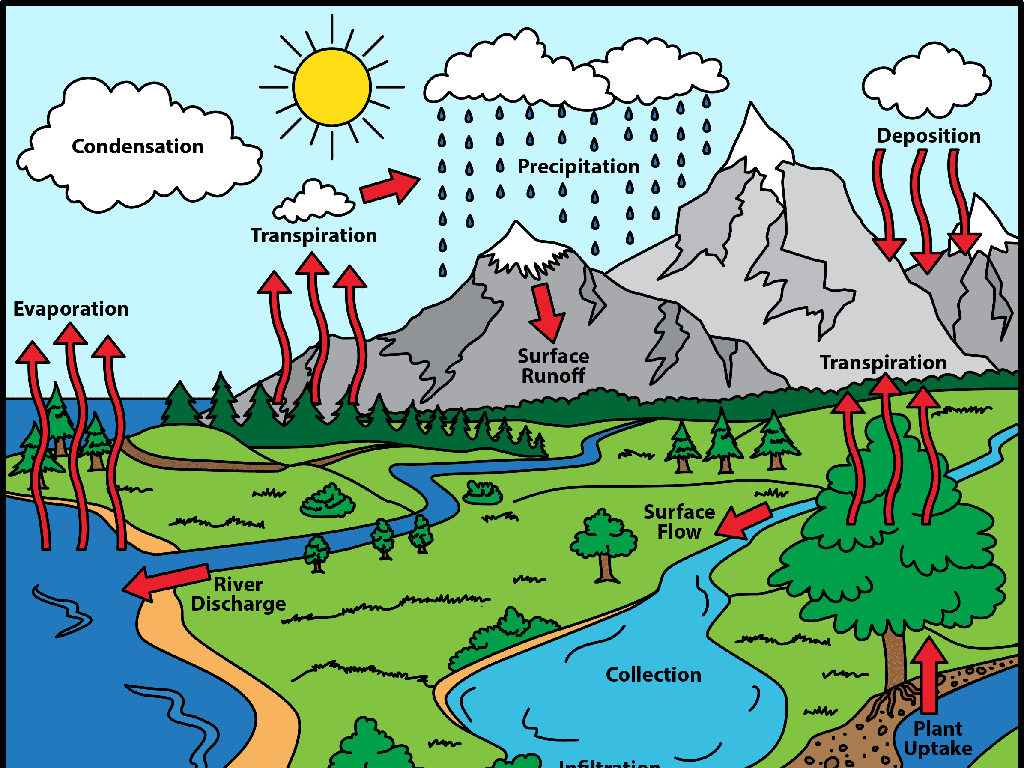Compare Ancient River Civilizations: Achievements And Legacy
Subject: Social studies
Grade: Sixth grade
Topic: Comparing Ancient River Civilizations
Please LOG IN to download the presentation. Access is available to registered users only.
View More Content
Exploring Ancient River Civilizations
– Cradle of Civilization explained
– Birthplace of the first cities and writing systems.
– Rivers: Nile, Tigris-Euphrates, Indus, Yellow
– Each river nurtured a unique civilization with lasting impacts.
– Civilizations’ growth by rivers
– Abundant resources and fertile land supported large populations.
– Rivers’ role in development
– Rivers provided water, transportation, and trade routes.
|
This slide introduces students to the concept of the ‘Cradle of Civilization’ and the importance of rivers in the development of ancient societies. Highlight the significance of the Nile, Tigris-Euphrates, Indus, and Yellow River in supporting the growth of civilizations by providing necessary resources, fertile land for agriculture, and means for transportation and trade. Discuss how these rivers were central to the development of complex societies and their lasting legacies. Encourage students to think about how the geography of a region can influence the culture and history of a civilization.
The Nile River Civilization: Ancient Egypt
– The Nile as Egypt’s lifeline
– The Nile’s floods brought fertile soil, supporting agriculture and settlement.
– Pharaohs and their pyramids
– Rulers known as pharaohs built massive pyramids as tombs.
– Egypt’s architectural prowess
– Mastery in building structures like temples and obelisks.
– The Nile’s enduring legacy
– Innovations in writing, governance, and law influenced future civilizations.
|
This slide explores the ancient Egyptian civilization and its dependence on the Nile River. Emphasize how the predictable flooding of the Nile provided the resources necessary for agriculture, which in turn supported a thriving culture. Discuss the role of pharaohs, not just as leaders, but as god-kings who commissioned the construction of pyramids, showcasing Egypt’s architectural achievements. Highlight Egypt’s contributions to writing with hieroglyphics, monumental architecture, and the development of a centralized government system. These legacies have had a lasting impact on world history and culture. Encourage students to consider how geography can shape a civilization’s development and its contributions to the world.
Mesopotamia: Cradle of Civilization
– Mesopotamia’s Fertile Crescent
– Land between Tigris & Euphrates, known for rich soil & crop surplus.
– Hammurabi’s Code of Laws
– One of the earliest legal systems, establishing order & justice.
– Inventions: Wheel, Cuneiform, Agriculture
– Innovations that revolutionized transport, writing, and farming.
– Enduring Legacy of Mesopotamia
– These contributions shaped future civilizations & modern life.
|
This slide introduces students to the ancient civilization of Mesopotamia, located in the Fertile Crescent between the Tigris and Euphrates rivers. Highlight the significance of the region’s fertile land, which led to an agricultural surplus and the growth of cities. Discuss the Code of Hammurabi as one of the first written legal codes that influenced later legal systems. Explore key Mesopotamian inventions such as the wheel, which improved transportation, cuneiform writing, which allowed for the recording of history and knowledge, and advanced agricultural techniques. Emphasize the lasting impact of these innovations on subsequent cultures and our lives today. Encourage students to think about how these ancient achievements still affect us and to consider what legacy our own society might leave for the future.
The Indus River Valley Civilization
– Mystery of the Indus: advanced urban planning
– Cities like Harappa and Mohenjo-Daro had sophisticated layouts.
– Daily life: vibrant trade and commerce
– Traded with Mesopotamia, Egypt, and Persia, exchanging goods like spices.
– The Indus Legacy: lasting impacts
– Innovations in city planning, metallurgy, and art influenced later cultures.
– Undeciphered script: a puzzle for archaeologists
– Despite many attempts, the script remains a mystery, holding clues to their stories.
|
This slide explores the Indus River Valley Civilization, highlighting its sophisticated urban planning, which included well-organized cities with advanced drainage systems. Emphasize the civilization’s active engagement in trade with other ancient cultures, which facilitated the exchange of goods and ideas. Discuss the legacy of the Indus people, particularly their contributions to urban design, metallurgy, and the arts, which have had a lasting impact on subsequent civilizations. Lastly, address the enigmatic Indus script, which has yet to be deciphered, and its potential to unlock further understanding of this civilization. Encourage students to consider how these achievements and the undeciphered script contribute to the mystery and allure of the Indus River Valley Civilization.
The Yellow River Civilization: Ancient China
– The Yellow River’s impact
– Known as ‘The River of Sorrow’ due to frequent flooding; Emperors were seen as intermediaries.
– Dynastic rule and the Mandate of Heaven
– Dynasties were believed to be chosen by divine right, leading to cultural growth.
– Major Chinese inventions
– Inventions like paper, gunpowder, and the compass changed the world.
– The legacy of ancient China
– These contributions have a lasting effect on both Chinese culture and the world.
|
This slide explores the Yellow River Civilization’s significant impact on ancient China and its legacy. Discuss the dual nature of the Yellow River, providing fertile soil for agriculture but also causing destructive floods, which shaped the role of the emperor as a mediator between the heavens and the earth. Highlight the concept of the Mandate of Heaven, which justified the rule of dynasties and was pivotal in the development of Chinese culture. Emphasize the groundbreaking inventions that originated in ancient China, such as paper, gunpowder, and the compass, and their far-reaching influence on global development. Encourage students to reflect on how these ancient achievements continue to affect modern society.
Comparing Ancient River Civilizations
– Rivers shaping ancient economies
– Rivers were lifelines for trade, agriculture, and transportation.
– Societal and cultural impacts
– Shared rituals, gods, and social structures evolved around rivers.
– Unique achievements of civilizations
– Each civilization had distinct inventions, art, and architecture.
– Ancient influences on modern world
– Our laws, language, and technology trace back to these ancient societies.
|
This slide aims to compare the ancient river civilizations by highlighting the similarities and differences in how rivers influenced their economies, societies, and cultures. Discuss the role of rivers in supporting agriculture, trade, and transportation, which were crucial for the development of these civilizations. Explore the societal and cultural commonalities, such as religious practices and social hierarchies that were centered around river life. Highlight the unique contributions of each civilization, including their inventions, art, and architectural marvels. Finally, lead a discussion on the lasting legacy of these ancient civilizations and how their innovations and ideas have shaped the modern world, influencing our current legal systems, languages, and technological advancements. Encourage students to think critically about the direct and indirect influences these ancient societies have on their daily lives.
Class Activity: Create Your Civilization
– Choose a river for your civilization
– Design a government and culture
– What kind of leaders or rules will you have? What art or technology will you create?
– Think about your civilization’s legacy
– What lasting impacts will your civilization have on future societies?
– Prepare a class presentation
|
This activity encourages students to apply their knowledge of ancient river civilizations by creating one of their own. They should consider geographical advantages of their chosen river, type of government, social structure, and cultural achievements such as art, architecture, and technology. Students should also think about the legacy their civilization would leave behind, similar to how ancient civilizations have influenced our world today. For the presentation, students can create posters, slides, or even models to share their civilization with the class. Possible activities: 1) Design a map of their civilization, 2) Create a mock interview with a leader from their civilization, 3) Write a short story or legend from their civilization, 4) Invent a new type of writing system or language, 5) Build a model of a significant architectural structure.





